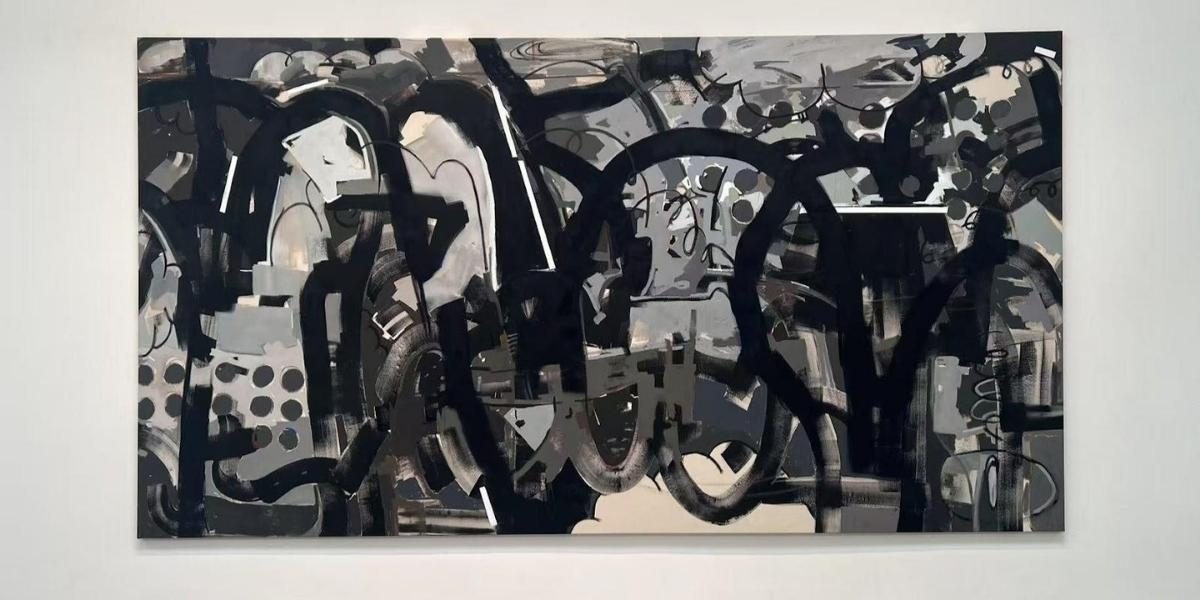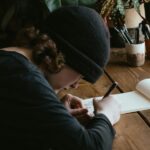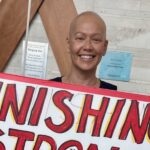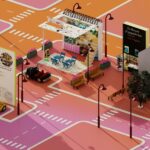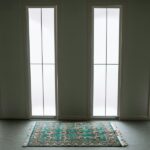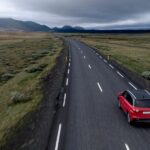By: Shawn Mars
Abstract painting, for the US-based Chinese artist Xianghan Cheng, might be considered simply a means of expression; the painting’s meaning inheres within the artwork itself; he finds satisfaction in its intrinsic significance. For this young artist, the essence of meaning lies in his observation and understanding of urban civilization, conveyed through a visual language that he reinterprets and re-expresses.
As urban imagery is abstracted into points, lines, and planes, new subjective imaginings, even distortions, emerge. The city nourishes the artist’s personal state, emotions, and thoughts while simultaneously serving as the subject of his artistic representation.
As a young, US-based Chinese painter whose work has been exhibited extensively and has earned the Murphy Cadogan Contemporary Art Award, what are your plans and aspirations for future artistic endeavors?
My plan is to sustain my passion for abstract painting and continue to refine my self-understanding, while savoring the creative process itself. The act of painting is not an end in itself, nor is it driven by external expectations. My work is fueled by a pure, unreasoning love of painting.
My sole aspiration is to create meaningful work, even if that meaning is solely personal.
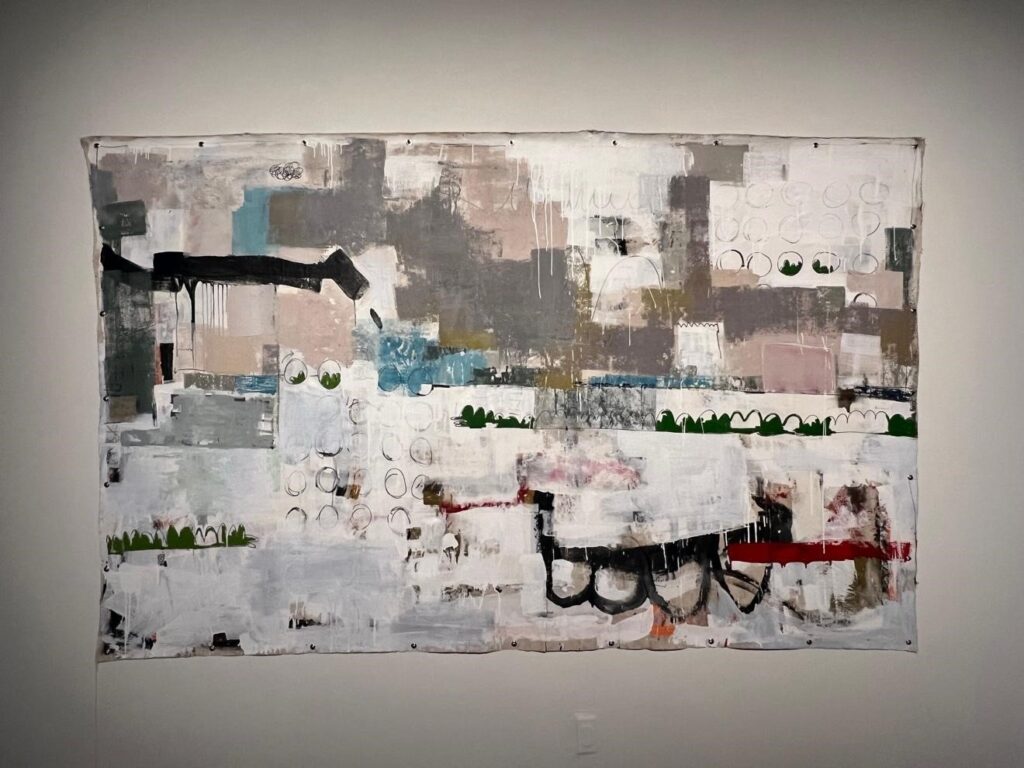
What is your artistic philosophy?
My philosophy is rooted in the observation of urban life. Since 2017, I have explored the visual impact and color communication inherent in urban landscapes and human interactions. I employ a simplified approach to abstract painting, generating unique scenes through the interplay of color blocks and lines—their collisions and juxtapositions. For instance, my San Francisco works reflect the city’s profound influence. While wandering its streets, I’m captivated by layered graffiti, the contrast between the graffiti and the underlying walls. I often select contrasting wall paints, creating two different shades of gray, which I find aesthetically pleasing.
During creation, these subconsciously accumulated color blocks naturally find their way into my paintings, becoming integral elements and contributing to a unique visual experience that reflects my understanding and feelings about city life. I am acutely attuned to my surroundings; these observations serve as both the source material and the bedrock of my artistic philosophy.
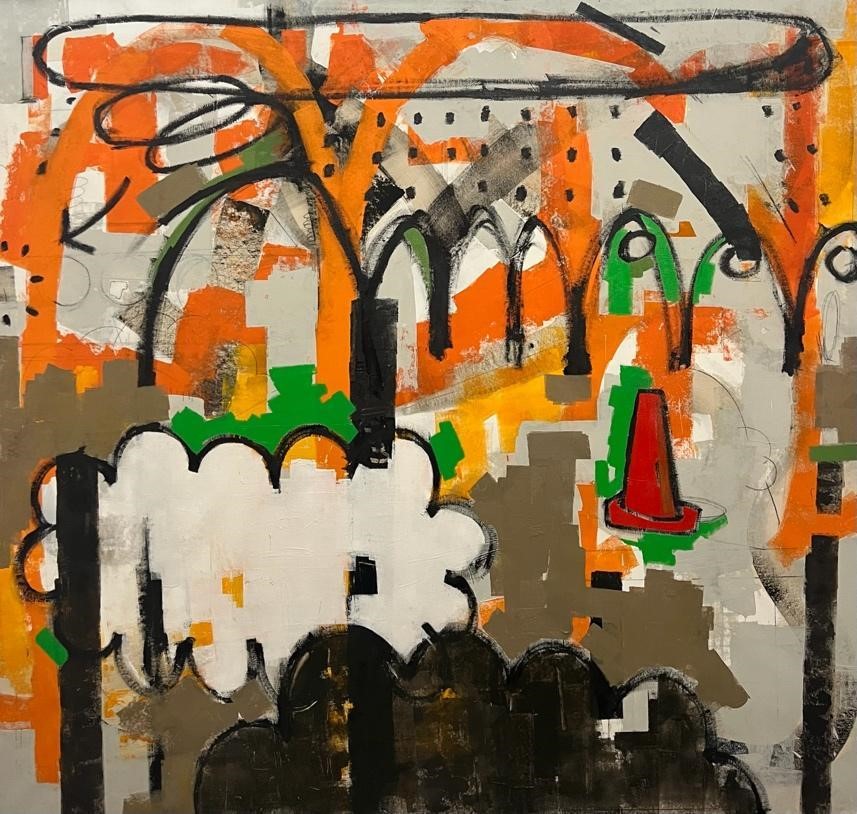
Your work employs numerous lines and color blocks, resulting in a complex interplay of layers and fragmented superpositions. How do you interpret this visual structure?
I approach my understanding of this visual structure from three perspectives:
Lines: My work is significantly influenced by Piet Mondrian and Richard Diebenkorn, particularly Mondrian’s early piece, Ocean 5. His simplification of waves, using straight lines to capture natural rhythms, is a key inspiration. Similarly, Diebenkorn’s masterful simplification of landscapes, and his dynamic use of color and line, has profoundly impacted my approach. While I share their commitment to simplification, I aim to cultivate a distinctly personal linear style.
In my 2022 works, a large arch emerged as a recurring motif, marking the beginning of my curve series and carrying significant symbolic weight. I interpret this symbol in three ways: Firstly, from a primal perspective, it represents a natural shelter, offering protection and security. Secondly, on a personal level, the arch is bisected, representing my parents—the left side my father, the right my mother—their union forming a protective space that embodies their unwavering support and encouragement.
Thirdly, from a purely visual standpoint, I perceive curves as analogous to music, effectively conveying musical elasticity. My creative process is almost always accompanied by hip-hop music—a genre that deeply resonates with me. Consequently, my frequent use of curves feels like a silent conversation with hip-hop artists, creating a synergy that imbues the work with vibrancy and dynamism.
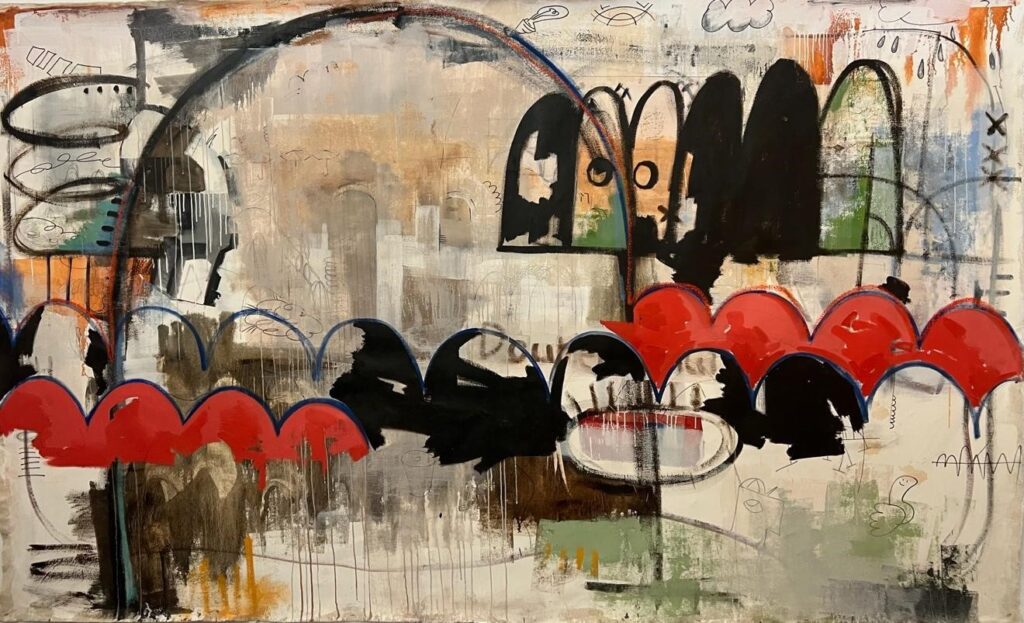
Regarding Layers: During my creative period from 2020 to early 2022, the concept of layers became central to my work. The process of constructing a composition is akin to building a city, layer upon layer, from the foundation to the heights. The evolution of a city encompasses both successes and failures, and the traces of those failures do not completely disappear; they always leave some marks. When I cover my works with new layers, I do not entirely obscure the underlying layers, always retaining some traces, which I refer to as a sense of history formed by those marks.
With each overlay, I intentionally leave some gaps. I hope that the work can “breathe” rather than resemble a closed wall, which would lose the flow of air. I strive to present four to five layers on the same plane, allowing viewers to sense the depth and richness within. This sense of layering imbues the work with tension or power, as if it were depicting dynamic urban scenes, enabling viewers to discover unexpected points of surprise.
Regarding the Fragmentation of Layering: Whenever I navigate through the city, striking shapes often come to mind. For example, the orange traffic cone, the yellow DHL delivery truck, the yellow-dotted tactile paving, the white parking lines in the parking lot, and the prominently arranged road signs along the roadside. These shapes naturally leap into my consciousness as I create.
Sometimes, I transform these subconsciously stored elements into forms on the canvas. In this transformation process, they do not have perfect references but resemble flashbacks to the feelings of those moments. I attempt to capture these past fragments not merely by depicting shapes but by distilling and transforming the details of life.
These three points constitute the logical supports or conceptual outputs of my abstract creations. I refine them into basic lines, layers, and color blocks. During the creative process, I carefully consider the thickness and texture of the lines, the warmth and coolness of the colors, as well as the layering and interweaving of these elements. Through the combination and transformation of these components, I create diverse abstract works that showcase a unique visual language and emotional expression.
Cities and music are important sources of inspiration for your creations. How do you translate these two elements into an abstract language on canvas?
To me, the city resembles a colorful puzzle, with each piece being independent yet lacking coherence. Once combined with music, they transform into rhythmic streams. The rhythm of music acts as a bridge connecting these color blocks. I strive to merge color blocks and lines using minimal techniques, creating an image that is filled with coherence and structural integrity, showcasing the connection between the city and music—at least in my view, they are interrelated.
Your works often intertwine time, space, and sound, forming a unique visual experience. What kind of feelings do you hope viewers will have when they observe your works?
In creating each piece, I find the process itself to be the most enjoyable part. Sometimes, I feel ecstatic when I successfully depict a line that I admire. Other times, I may struggle for over two hours, unsure of how to break through the existing composition and unable to begin. I hope that viewers can sense the overlay or rhythm created by the interplay of time, space, and sound while observing my work. However, I believe there is no need to insist that viewers understand the work precisely as the artist intended; each individual’s visual experience is different, and their interpretations will vary. Any work can be interpreted or not interpreted intentionally. Therefore, most of my pieces are labeled as “untitled,” aiming for a natural integration of the painting language rather than relying on textual explanations.
Could you share your artistic background with us?
I developed a love for painting at an early age and began systematically studying sketching and color during my middle school years, which helped me build a solid foundation in art. In 2014, I started studying abroad in countries like the United States and Italy, passionately engaging in the artistic creation of abstract oil paintings that combine color blocks and lines. I obtained a Bachelor of Fine Arts degree from the San Francisco Art Institute.
In 2022, while pursuing my graduate studies at CalArts, I began to explore the fusion of traditional Chinese painting and Western oil painting as my research topic. The texture and vigor of lines in Chinese painting have greatly influenced my understanding and absorption of line work, while the diverse textures and layered qualities of Western color blocks undoubtedly serve as the foundational palette for abstract expression techniques. The two forms interact and blend together like a magical wand; they are the tools of my art and the driving force behind my abstraction of the urban imagery I perceive into points, lines, and planes.
Recently, I have been preparing for my first solo exhibition in New York. An exhibition is a significant collection of a painter’s important works, serving as a periodical summary and reflection. The foundational elements of my abstract painting stem from my observations of cities. Now that I live in New York, the subject I depict is a subjectively altered version of the city. In the future, as I continue to move between cities, I may represent other urban landscapes as well, because cities are places that embody civilization. I appreciate the eccentricities, multicultural integration, and even the intricate details of urban environments.
Published by Drake M.

